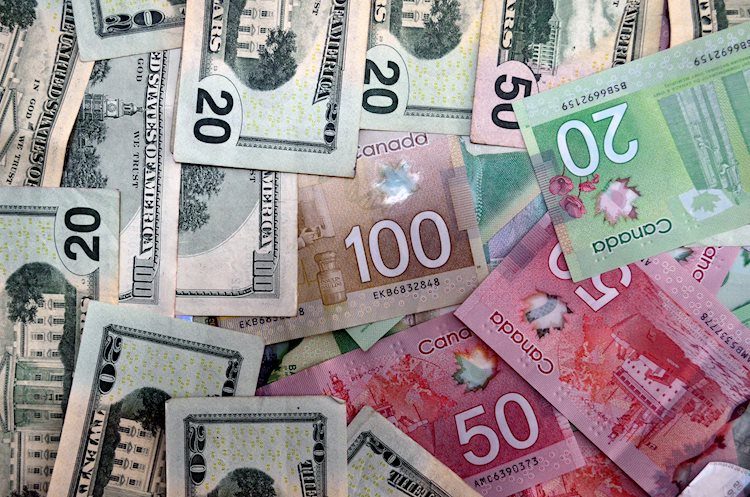The Canadian Dollar (CAD) stumbled against the US Dollar (USD) on Thursday after disappointing Purchasing Managers Index (PMI) figures raised concerns of a potential recession. Market sentiment shifted towards risk-off as investors sought safe-haven assets like the Greenback. With limited economic data from Canada until next week, all eyes are on the upcoming US Nonfarm Payrolls (NFP) report on Friday.
The US ISM Manufacturing PMI for July hit an eight-month low, missing forecasts and reigniting fears of an economic slowdown. US NFP data is expected to show a slowdown in hiring, with net job gains forecasted to decrease compared to previous figures. With inflationary pressures rising and initial jobless claims surpassing expectations, markets are treading cautiously in anticipation of the NFP report.
The Canadian Dollar faced losses against major currencies on Thursday, with the US Dollar and Japanese Yen gaining ground. The Canadian Dollar made slight gains against the British Pound and Australian Dollar. The USD/CAD pair is testing highs and could potentially challenge last October’s swing high. The factors influencing the Canadian Dollar include interest rates set by the Bank of Canada, Oil prices, economic health, inflation, and trade balance.
The Bank of Canada plays a crucial role in influencing the Canadian Dollar through interest rate adjustments. Higher interest rates are generally positive for the CAD, while quantitative easing and tightening have opposite effects. The price of Oil impacts the CAD as Canada’s largest export. Higher Oil prices tend to strengthen the CAD, while lower prices have the opposite effect. Inflation and macroeconomic data releases also influence the value of the Canadian Dollar.
In conclusion, the Canadian Dollar faced challenges against the US Dollar on Thursday due to weak economic data, fueling concerns of a potential economic downturn. With focus shifted towards the upcoming US NFP report, markets are cautiously awaiting the data release for further insights into the state of the economy. The factors influencing the Canadian Dollar, including interest rates, Oil prices, inflation, and economic indicators, continue to play a significant role in shaping the currency’s value in the global market. Investors will closely monitor developments in economic data and market sentiment to make informed decisions regarding the Canadian Dollar.





















